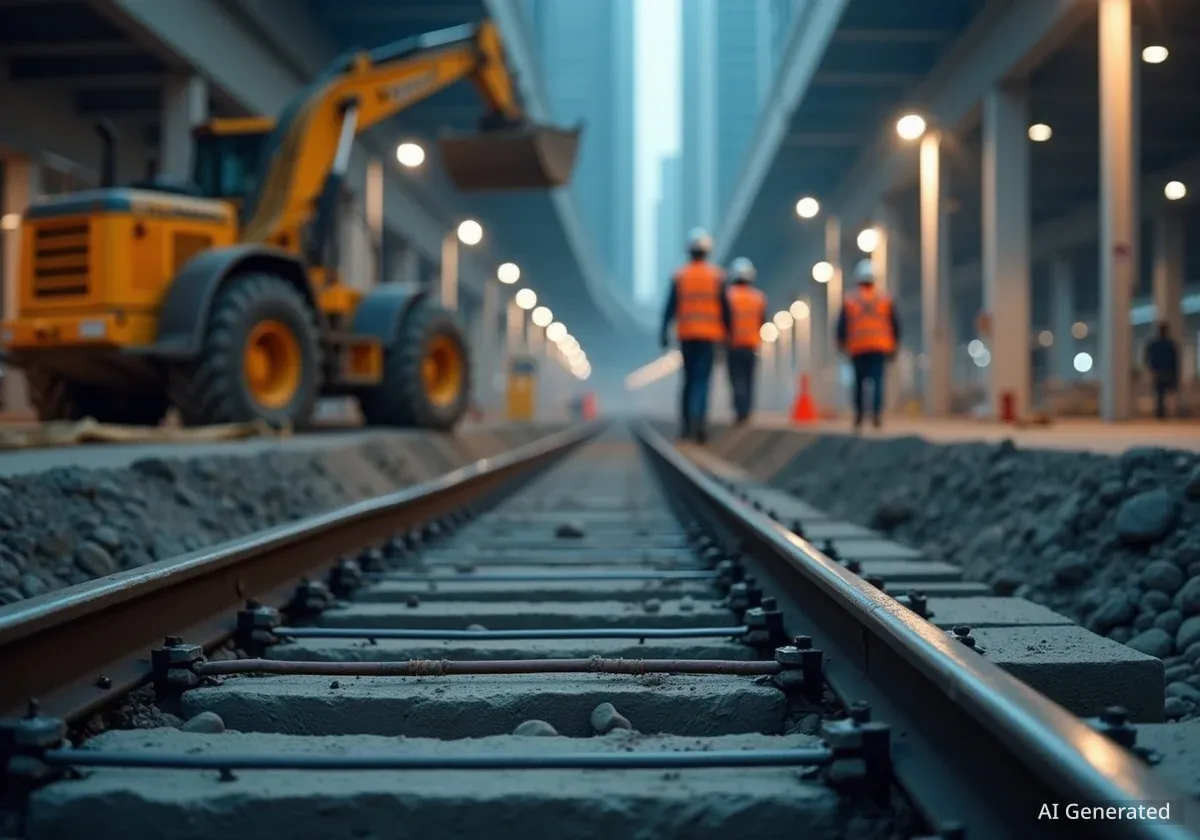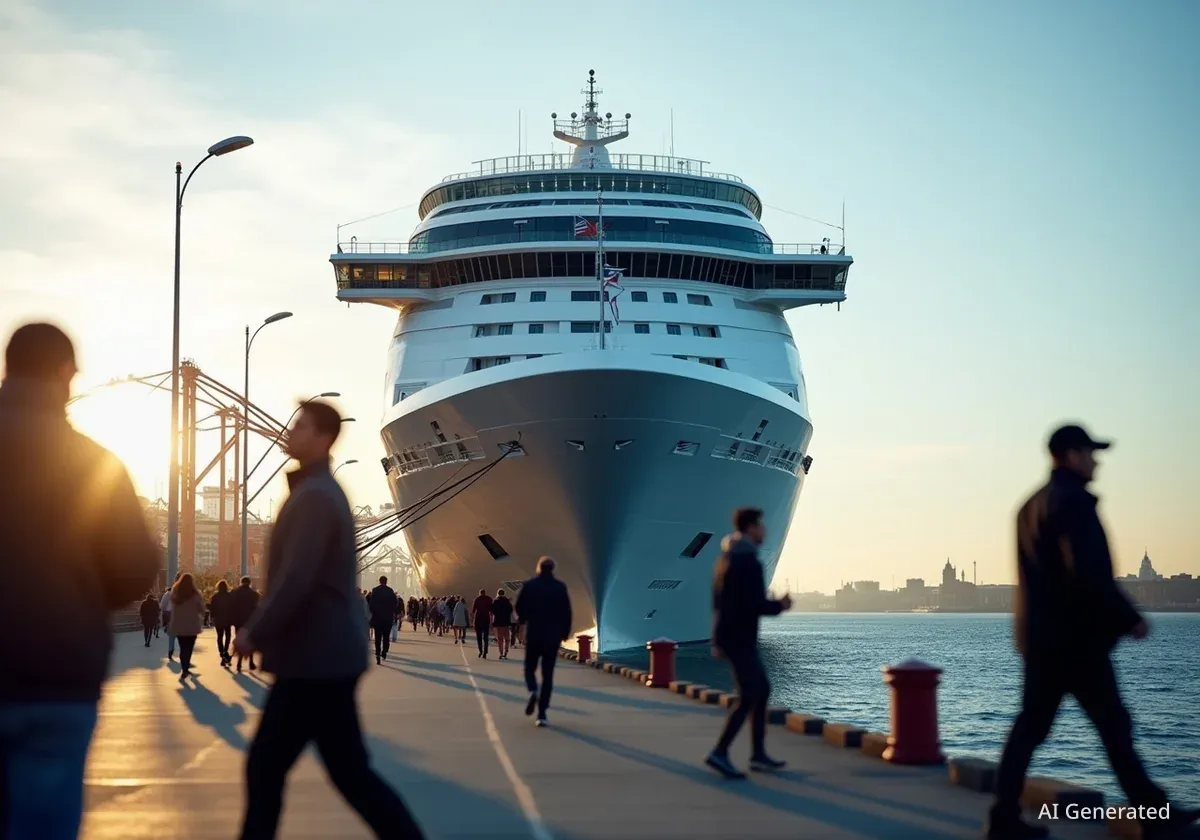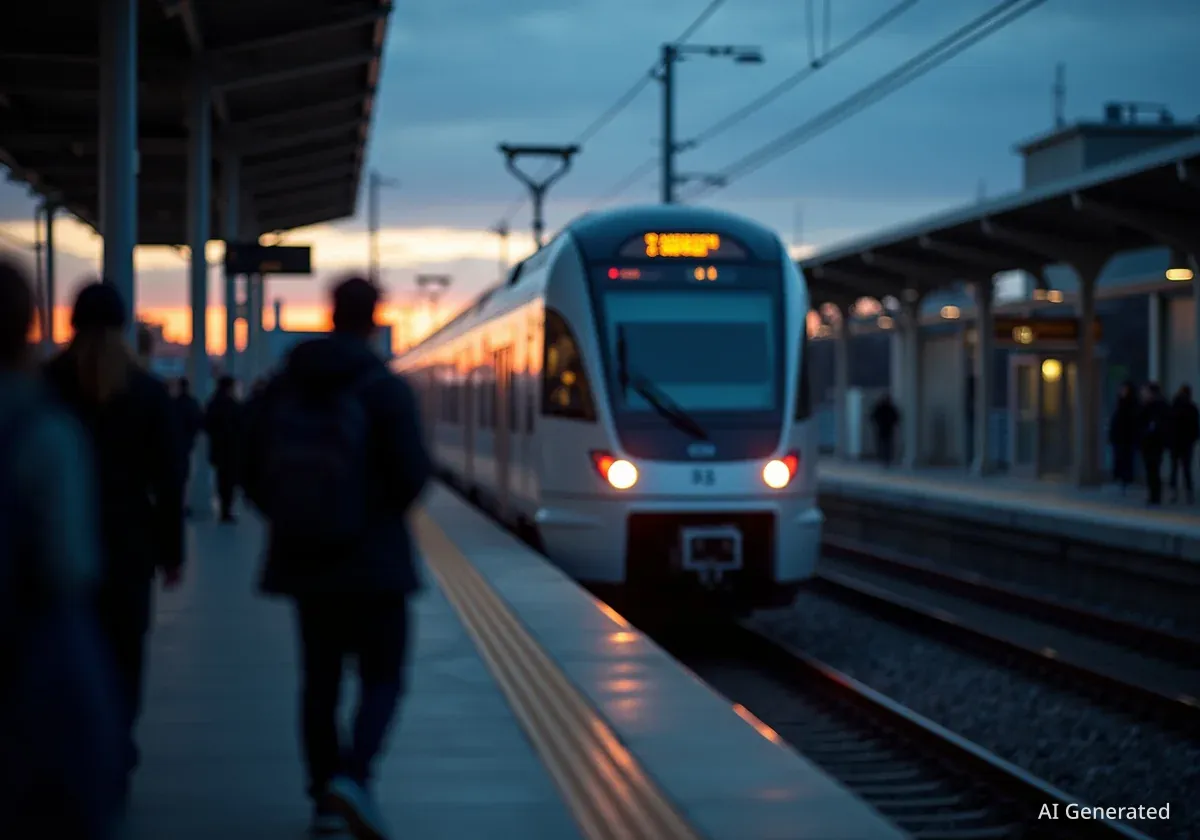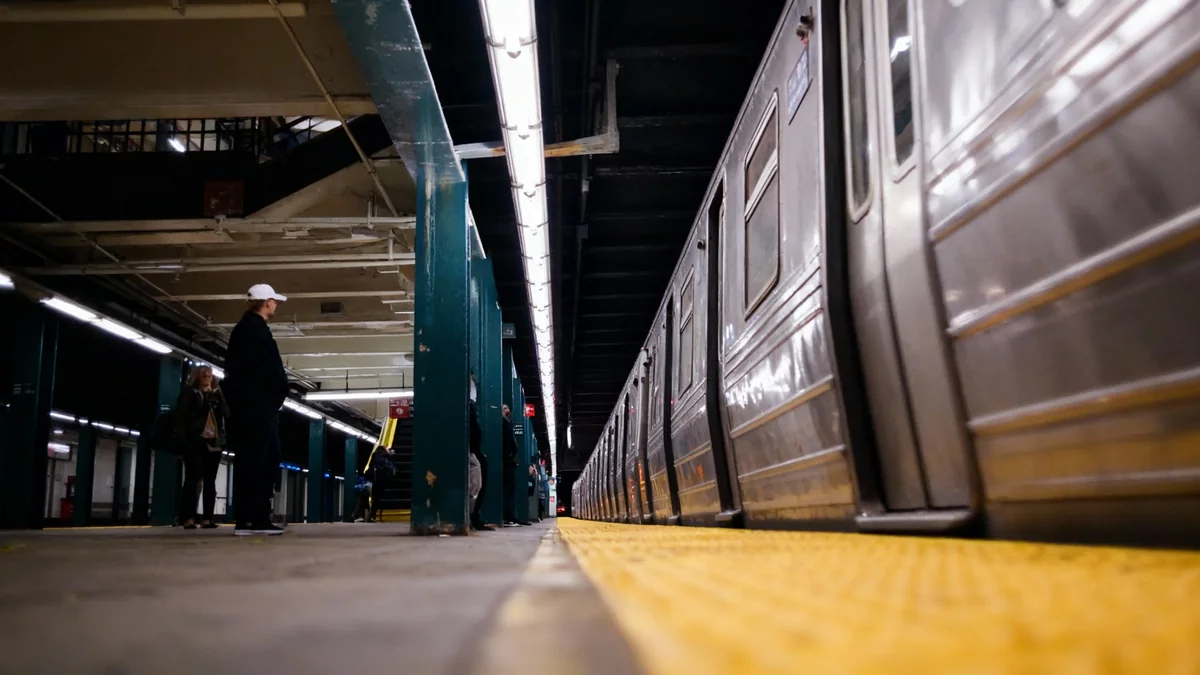The initial segment of the LA Metro D Line extension, which will bring subway service through the Miracle Mile area, will not open this fall as planned. The new target for service to begin is early next year, specifically during the winter of 2026, which covers January, February, or March. Metro officials cited longer-than-expected testing and ongoing construction work as reasons for the delay.
Key Takeaways
- LA Metro D Line extension's first phase opening is delayed to early 2026.
- Original opening was anticipated for fall of this year.
- Reasons for delay include extended testing and ongoing sidewalk construction.
- The first phase covers nearly 4 miles and adds three new stations.
- Future phases to extend the line to Century City and Westwood remain on schedule.
First Segment Opening Pushed to Early Next Year
The first part of the D Line extension, formerly known as the Purple Line, was expected to open its doors to riders this fall. However, LA Metro has confirmed that the new timeline points to an opening sometime in early 2026. This period includes the months of January, February, or March of the coming year. This adjustment means commuters will wait a few more months before accessing the new subway stops.
A Metro spokesperson issued a statement explaining the change. The agency stated that the comprehensive testing process "took longer than expected." Additionally, the project's contractor is still working on adding essential infrastructure elements, such as sidewalks, curbs, and gutters, before the new stations can become operational.
"Metro is working as quickly as possible to ensure that when the line opens, it is something we can be proud of," the transportation agency communicated via email. The agency has not provided a more specific date beyond the "winter 2026" timeframe.
Understanding the Delay: Testing and Infrastructure
The term "testing" in this context involves a complex series of checks and balances. Metro is currently focused on ensuring that all components of the new system function together seamlessly. This includes verifying that the new stations, the trains themselves, and other critical systems communicate accurately with the Rail Operations Center.
"Metro is currently making sure that the stations, trains and other critical systems communicate properly with the Rail Operations Center," the agency explained.
The Rail Operations Center serves as the central hub where staff members control, manage, and dispatch trains across the entire Metro rail network. This intricate coordination is vital for safe and efficient operations. Any unforeseen issues during this phase can lead to delays as engineers work to resolve them.
Project Scope - Phase One
- Length: Nearly 4 miles west from the current terminus.
- New Stations: Three.
- Station Locations: Wilshire/La Brea, Wilshire/Fairfax, and Wilshire/La Cienega.
Beyond system testing, the ongoing construction of vital public access infrastructure is also a factor. The addition of sidewalks, curbs, and gutters around the new stations is necessary to ensure pedestrian safety and accessibility once the line begins service. These elements are standard requirements for any public transportation facility.
Future Announcements and Certification Process
Metro officials have indicated when a more precise opening date might be announced. Tim Lindholm, a senior Metro executive, addressed the issue during a recent construction committee meeting on Wednesday. He stated that the agency would be able to declare an exact date once the extensive testing phase is fully completed.
Following the completion of testing, there is a clear process to follow for official approval. Lindholm described this next step as "straightforward." It involves obtaining a safety certification from the California Public Utilities Commission (CPUC). This certification is a mandatory regulatory requirement to ensure the new rail line meets all safety standards before it can carry passengers.
The D Line Extension Vision
Once fully completed, the D Line extension will significantly enhance public transit in Los Angeles. It will provide a direct subway connection from downtown L.A. all the way to Westwood, a major activity center. This expansion aims to reduce traffic congestion and offer a faster, more sustainable travel option for thousands of daily commuters.
The CPUC's role is to ensure public utilities, including transportation systems, operate safely. Their review process is thorough and critical to the overall project. Only after receiving this certification can Metro officially commence passenger service on the new extension.
Impact on Future Phases of the Extension
The D Line extension project is planned in multiple segments. The current delay specifically affects the first phase, which includes the three new stations at Wilshire/La Brea, Wilshire/Fairfax, and Wilshire/La Cienega. This segment extends nearly four miles west from the current D Line terminus.
However, Metro has confirmed that the delays experienced with the first segment will not impact the schedule for the subsequent phases of the project. The next two segments are still progressing as planned. These future phases are designed to add four more stations to the line.
Ultimately, these additional stations will connect the D Line further west, reaching key destinations such as Century City and Westwood. This multi-phase approach allows for continued work on later parts of the project even as earlier segments undergo final preparations. The overall vision for a comprehensive subway connection to Westwood remains on track, despite the initial segment's adjusted timeline.
Looking Ahead: Improved Mobility for Los Angeles
The D Line extension represents a significant investment in Los Angeles's public transportation infrastructure. When fully operational, it is expected to provide substantial benefits to commuters and the broader community. The expansion aims to offer a reliable and efficient alternative to driving in heavily congested areas.
This project is part of a larger effort to enhance regional mobility and support sustainable urban growth. Public transit expansions like the D Line are critical for reducing vehicle emissions, improving air quality, and alleviating traffic bottlenecks that impact daily life in the metropolitan area.
While the delay for the first phase is a setback for eager riders, Metro emphasizes its commitment to delivering a high-quality and safe transportation system. The agency will continue to provide updates as testing progresses and a firm opening date for the first segment becomes available in early 2026.





